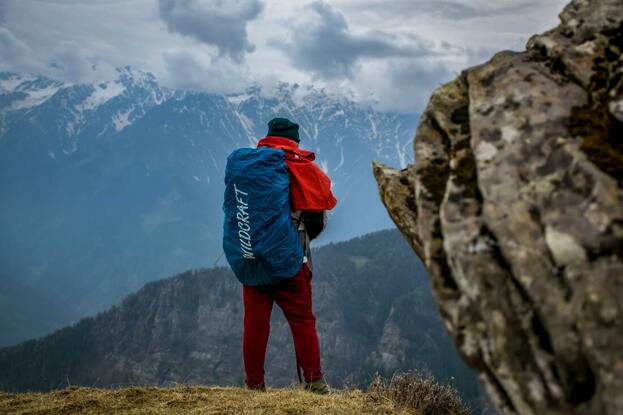|
If you are trying to Get Fit For Trekking it can sometimes be difficult to know exactly you should be doing. And there is SO much information out there, it can get incredibly confusing! And unfortunately, on top of this, a huge portion of the training advice out there for trekkers is absolutey rubbish... But how can you, the everyday trekker, judge the good from the bad? Well that is what this article is all about! To give you a simple list of list of things trekkers should NOT be doing in their training. So you never waste your time again!
|
AuthorRowan is a personal trainer who specialises in training for hiking, trekkers and mountaineers for their bucket list adventures. Archives
July 2024
Categories
All
|
AboutSummit Strength is a personal training for hiking service created specifically to help hikers have the best chance of a safe, enjoyable and successful adventure.
|
Company |
Services |
|
|
© COPYRIGHT 2018. ALL RIGHTS RESERVED.
|
Website Design by My Personal Trainer Website
|



 RSS Feed
RSS Feed
